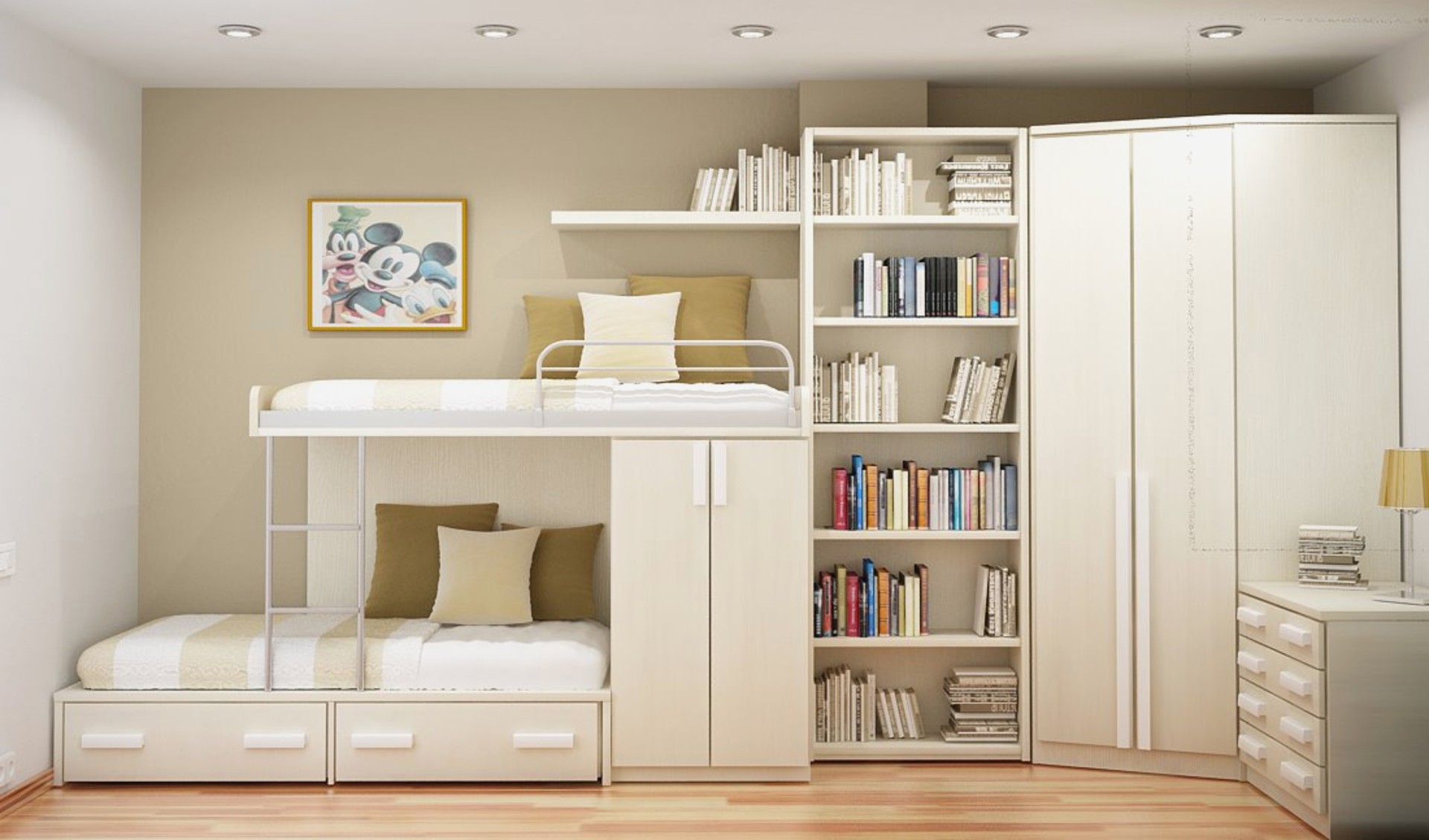
A cooling bed is an essential component in the rolling mill process used to cool and distribute the heat generated during the rolling process. After the steel or other metal has been rolled, it is typically too hot to handle or transport safely. The cooling bed is designed to cool the metal to a safe temperature for handling and further processing. The cooling bed consists of a series of steel or cast iron bars positioned horizontally and arranged in a grid pattern. The bars are typically spaced apart to allow airflow and water to be sprayed onto the metal to help cool it down. The metal is transferred onto the cooling bed using a roller table or other transport system. According to an expert at cooling bed in rolling mill, as the metal moves along the cooling bed, it is cooled by the air and water and gradually cools down to a safe temperature for handling.
The cooling bed is often equipped with a variable-speed drive system that allows the speed of the bars to be adjusted to match the rolling speed of the mill. This ensures that the metal is cooled evenly and consistently, preventing any deformation or warping due to uneven cooling.
After the metal has been cooled and transported along the cooling bed, it is typically cut to the desired length using a flying shear or other cutting equipment, and it is then ready for further processing or shipment.

What Are the Different Types?
There are several types of cooling beds used in rolling mills, and the selection of the cooling bed type depends on the specific needs of the steel mill and the type of metal being rolled. The most common types of cooling beds used in rolling mills are:
The walking beam cooling bed is one of rolling mills’ most widely used cooling beds. It consists of beams that lift and move the steel bars along the cooling bed. The beams move continuously, allowing even cooling of the steel bars along the bed.
The chain-type cooling bed consists of chains driven by a motor to move the steel bars along the bed. The chains are typically made of steel or cast iron and are spaced apart to allow airflow and water to be sprayed onto the bars to help cool them down.
The skid-type cooling bed is designed for smaller-diameter steel bars and consists of a series of skids or rollers spaced apart to allow airflow and water to be sprayed onto the bars to help cool them down. The skids or rollers are typically made of steel or cast iron and are arranged in a grid pattern.
The rotary cooling bed is a specialized cooling bed designed for round or square bars. The bars are fed onto a rotating table that moves them along the cooling bed. The table is typically equipped with water spray nozzles to help cool the bars as they move along the bed.
Each type of cooling bed has its advantages and disadvantages, and the selection of the cooling bed type depends on the specific needs of the steel mill and the type of metal being rolled.


